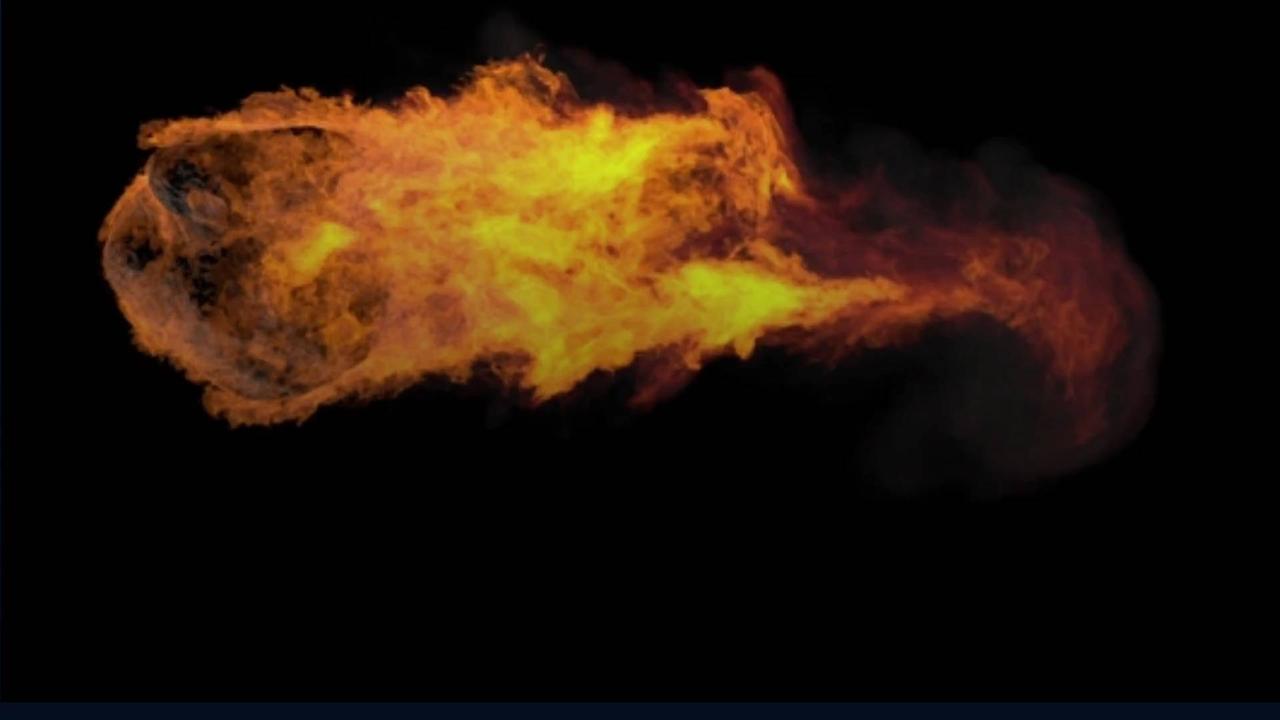
Asteroid Struck in NASA Mission , Seen Leaving Trail of Debris , Thousands of Miles Long.
BBC reports that a new image shows the asteroid struck by NASA's Dart probe leaving behind a trail of debris that stretches for thousands of miles.
The remarkable image of the comet-like plume was captured by a telescope in Chile.
.
After successfully slamming the Dart probe into an asteroid, scientists are now working to establish whether the test was a success and if the space rock's trajectory was altered.
The unique image was captured two days after the collision by the Southern Astrological Research Telescope (Soar).
It is amazing how clearly we were able to capture the structure and extent of the aftermath in the days following the impact, Teddy Kareta, Astronomer involved in the observation, via BBC.
According to Michael Knight of the US Naval Research Laboratory, the trail of debris will be monitored over the coming weeks and months.
BBC reports that it will be weeks before scientists can know whether the $325 million mission was a success.
We're embarking on a new era of humankind, an era in which we potentially have the capability to protect ourselves from something like a dangerous hazardous asteroid impact.
What an amazing thing; we've never had that capability before, Dr Lori Glaze, Director of planetary science at Nasa, via BBC.
We're embarking on a new era of humankind, an era in which we potentially have the capability to protect ourselves from something like a dangerous hazardous asteroid impact.
What an amazing thing; we've never had that capability before, Dr Lori Glaze, Director of planetary science at Nasa, via BBC.
The findings of the mission could be used to protect Earth at some point in the future if an asteroid is threatening the planet.
The technique relies upon the mass and speed of a spacecraft "to slightly change the orbit of that object enough so that it would miss the Earth."
